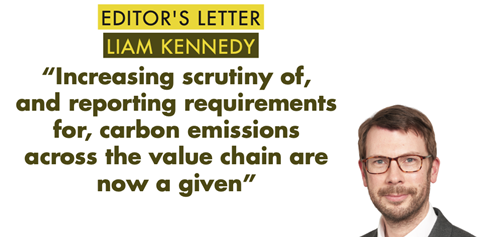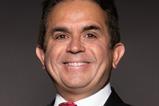Twenty years ago, in December 2001, Denmark’s giant labour market pension fund ATP implemented an interest-rate swap. That doesn’t seem too shocking now as liability-driven investment (LDI) is a mature and well-understood concept that is embedded in pension risk-management and regulatory practice.

But 20 years ago, the world was still reeling from the 9/11 terrorist attacks in New York and the whole concept of hedging unrewarded risk, and holistic balance-sheet management, was new for pension funds.
In November 2001, the ECB lowered policy rates by 50bps to a low of 2.25%. Long-dated German Bunds traded between around 4.9% and 5.7% over the course of 2001. Little did investors know that the secular trajectory of lower interest rates would continue for another two decades.
Some institutional investors spent a lot of time in the first decade of the 2000s worrying about the wrong things. One was timing rates: a common refrain was that rates were at historic lows, so hedging would result in financial losses, as rates were sure to rise again soon.
Smart investors such as ATP realised two things early on. One was that liability-risk management was becoming a core component of institutional investment regulatory policy. If regulatory practice is realigning, you mightas well get yourself in line early. It should be a given that no-one wants to fight the regulator, but many trustee boards were pretty slow in embracing emerging best practices in liability-risk management.
Second, ATP realised that its own business model needed to change to embed a risk-management culture in its organisation.
Pension business models were undoubtedly simpler in the early 2000s – ATP, for one, had yet to introduce its pioneering new model, significantly inspired by the factor-based concepts of Ray Dallio’s risk-parity approach.
But already in the late 1990s, some time before it executed its first interest rate swap, ATP merged its investment and actuarial departments to foster holistic management of the pension fund’s entire balance sheet.
It is now much better understood that pension boards need appropriate risk-management experience at board and operational level – depending on their size. The prospect of rising rates adds a new, qualitative perspective to risk management, and pension funds with good internal resources and lines of advice will be better placed than others to navigate the likely transition to higher rates.
LDI introduced a new range of actors in the form of investment bank counterparties, as well as processes like ISDA agreements. Just as good pension boards have sought to increase their expertise in liability management, they are also increasing their knowledge and understanding of new frontiers in ESG.
Increasing scrutiny of, and reporting requirements for, carbon emissions across the value chain are now a given, from corporate to asset manager to the pension fund itself. France was a Pioneer, following the Paris Agreement in 2015, with its widely admired and celebrated Article 173 provision, which introduced a requirement for investors to account for climate factors in investment policies.
In the Netherlands, the supervisor DNB has embedded climate risks into its ‘fit and proper’ tests for pension funds, insurers and banks. The UK government is consulting on mandatory reporting by pension funds on Paris alignment.
These new rules and practices create huge challenges – one is the sequencing of reporting rules across the value chain. Ideally, corporates should be mandated to improve climate reporting before others in the value chain, such as end-investors, although a different sequence can, in itself, introduce a different internal dynamic, forcing investors to exert pressure on companies on their own account as they seek to bring themselves in line.
This has been much debated in connection with the EU’s taxonomy, SFDR rules for asset managers and proposed Corporate Sustainability Reporting Directive.
An entirely new frontier is natural capital as a holistic investment belief, with implications across the investment value chain, and throughout global supply chains, as investors increasingly seek to understand the balance of the effects of their portfolios on the natural world.
Regulation is increasingly pushing in this direction, with France again a pioneer with its proposed Article 29 on biodiversity reporting.
The demands on investors will only increase – wise pension funds will be seeking to inform their boards about the implications of these likely new demands on their time and resources. The old box-ticking approach to ESG is increasingly unfit for purpose. Just as risk management moved up the agenda in the 2000s and 2010s, skilling up in new areas will be the order of the day.
Liam Kennedy, Editor
liam.kennedy@ipe.com


































No comments yet